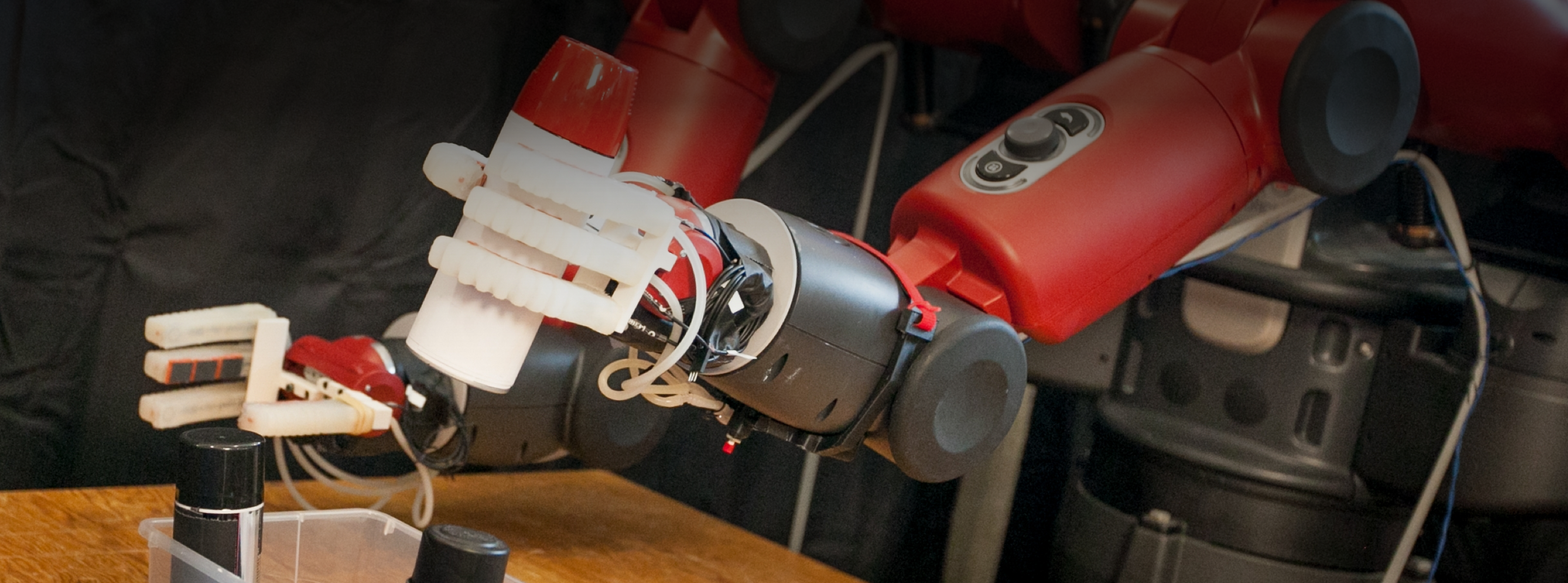“Can my machine learning method actually learn what I want it to learn?” asks Professor Stefanie Jegelka, a leader of the Machine Learning group at MIT CSAIL. She seeks to answer this fundamental question by analyzing and developing efficient machine learning methods for discrete and structured data. Her group works to make machine learning more widely applicable, more reliable, and more robust, going beyond traditional machine learning settings.
In a traditional machine learning setting, Prof. Jegelka explains, you may want to make a prediction based on a dataset, where each data point is a column of measurements in a table. For example, each data point is a person and you know basic demographic information and where they have shopped in the past, and you want to make a prediction to see if they will shop in a new store. The prediction is a simple number or a yes or no answer.
But what if instead you have something much more complex than a column in a table – for example, as a molecule or a material? What if you have information regarding atoms and the bonds between them, and you want to predict if a molecule will work as a drug and make reactions as desired, or if the drug will be toxic? Being able to make such predictions can greatly help to reduce the search space and save cost in expensive search processes for new drugs or other molecules.
“We have to take this molecule and somehow encode it in a way that looks as if we had just a column of numbers,” says Prof. Jegelka. This is easier said than done…and how it is done, which is not always fully clear, greatly affects what can be learned and predicted. That is why Prof. Jegelka’s work aims to explain such encoding (or “representation learning”) methods, and develop new ones that extend machine learning from traditional to such nontraditional settings.
Another example is to predict interactions of entities. In healthcare and drug design, for example, you may want to predict whether a drug will have different side effects when taken with another drug. “Even prescreening by making predictions on what may be the ones that are more likely to interact will greatly help to find such side effects, which is a difficult and costly process,” says Prof. Jegelka.
Another project that interests Prof. Jegelka is making structured predictions. She says that in materials science, for instance, “now that I know I want to make a certain material, can I actually predict how I would make it? Can I predict some properties of the synthesis that are relevant? And that’s again where I can use machine learning and where I actually need these structured inputs and outputs to make the right prediction.”
At its core, part of her research centers on understanding what a machine learning method can learn and what it cannot learn. If you can find the fundamental limitations of what the machine learning method can learn, you can design a model or a neural network in a way that makes learning easier, faster, and more reliable. In this way, machine learning can be improved in the face of various complications and forms of data, with applications ranging from designing materials to analyzing transactions and interactions between customers.

